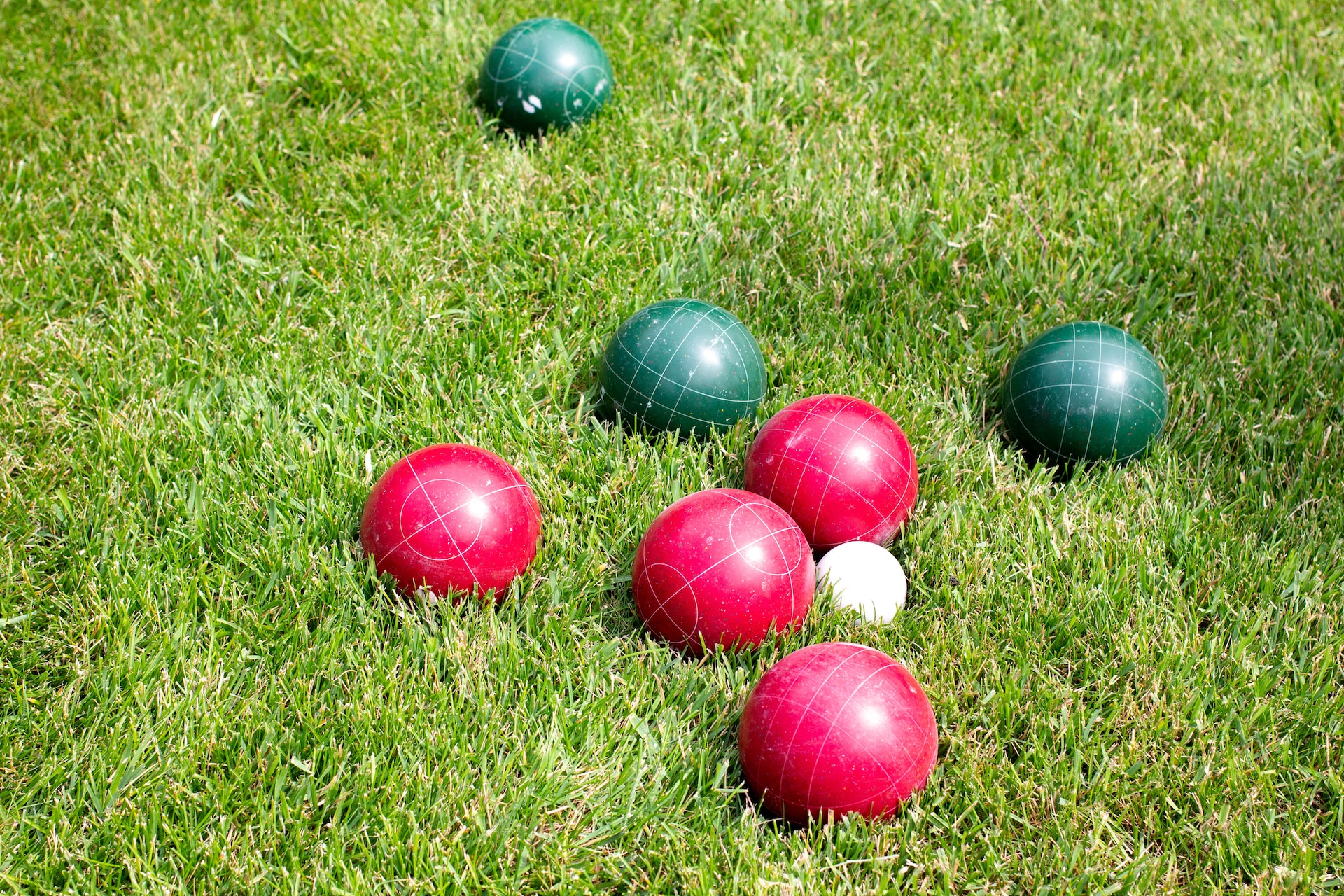Bocce ball is an Italian game of skill and strategy that is played with eight large balls and a smaller target ball, known as the pallino. The game has been enjoyed for centuries and its origins can be traced back to ancient Rome. The ball is typically made of wood or synthetic materials, and the size and weight of the balls can vary depending on the level of play and the age of the players. It is played in rounds, with each team taking turns throwing their bocce balls. The objective of the game is to get your team’s boccer balls as close as possible to the Pallino, which is thrown by one of the players at the beginning of the tournament.
Over time, the game evolved into the modern version we know today. Bocce is a game of skill and strategy that requires physical and mental abilities and is popular in countries such as the United States, Canada, Australia, and Argentina. Bocce ball is an Italian game of skill and strategy that has been enjoyed for centuries. It consists of two prongs that measure the distance between balls and pallino, and a caliper is often used to measure it accurately. The cost of a bocce game set can vary depending on the quality and materials used, with a basic set costing as little as $20 and a higher-end set costing up to $100.
The components of a Bocce court can range from eight balls to a pallino pocket, a carrying case, and even a ruler. In professional tournaments, the court is typically made of a special blend of crushed oyster shells and clay, while in backyard games, it can be made of grass, sand, or decomposed granite. The most important thing is that the surface is level and free of any obstacles that could affect the movement of the balls.
Here are some basic rules that are commonly followed in most bocce games:
- The game is played with two teams of one, two, or four players each.
- The pallino is thrown first, and the team that threw it also throws the first bocce ball.
- The other team then throws one of their bocce balls, attempting to get it as close to the pallino as possible.
- The team that is farthest from the pallino throws their remaining balls until they get a ball closer than their opponent or have no more balls left.
- The other team then throws their remaining balls in the same way.
- At the end of each round, the team with the closest ball to the pallino earns one point for each ball that is closer to the other team’s closest ball.
- The first team to reach a predetermined number of points, usually 13 or 15, wins the game.

